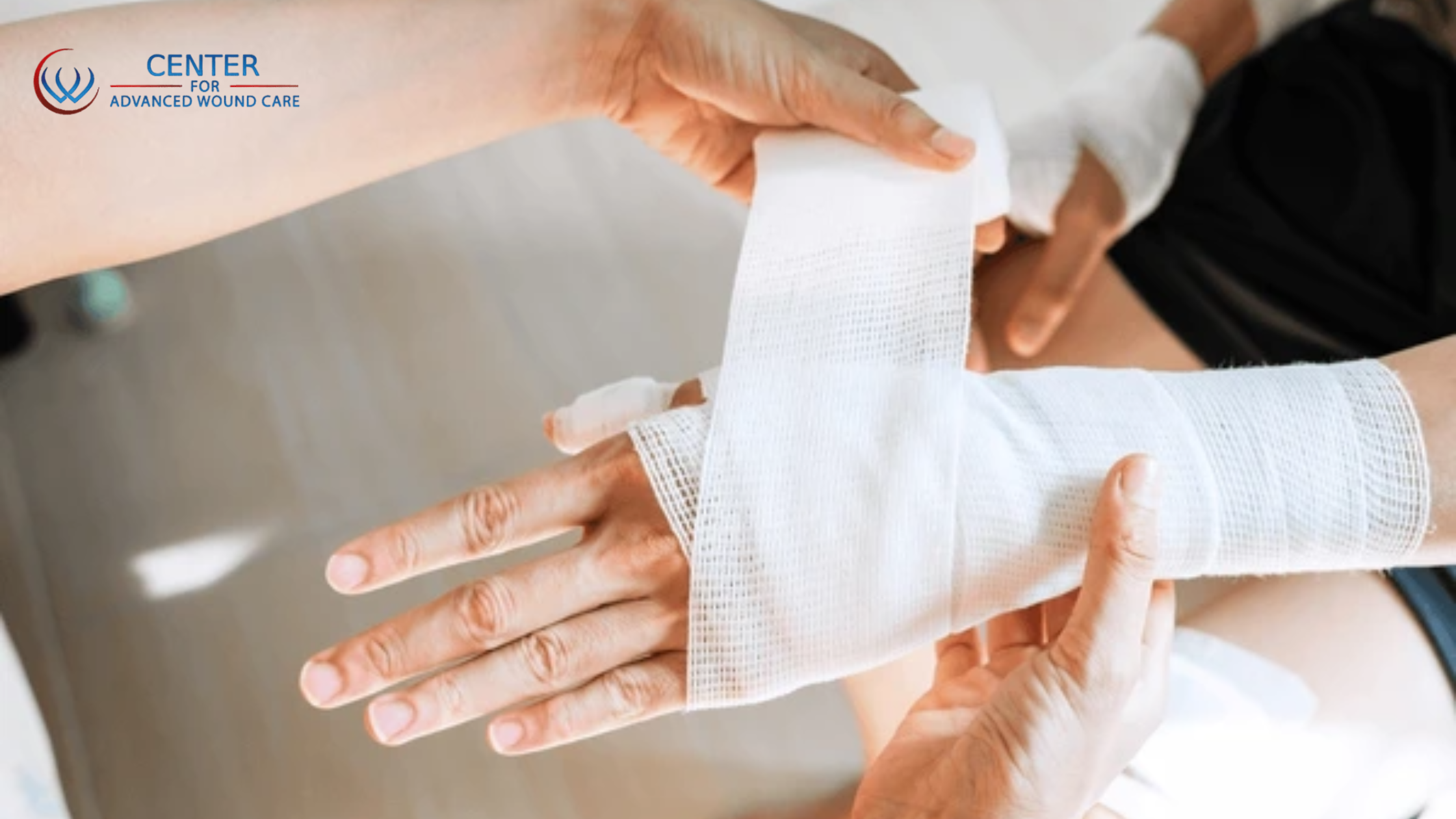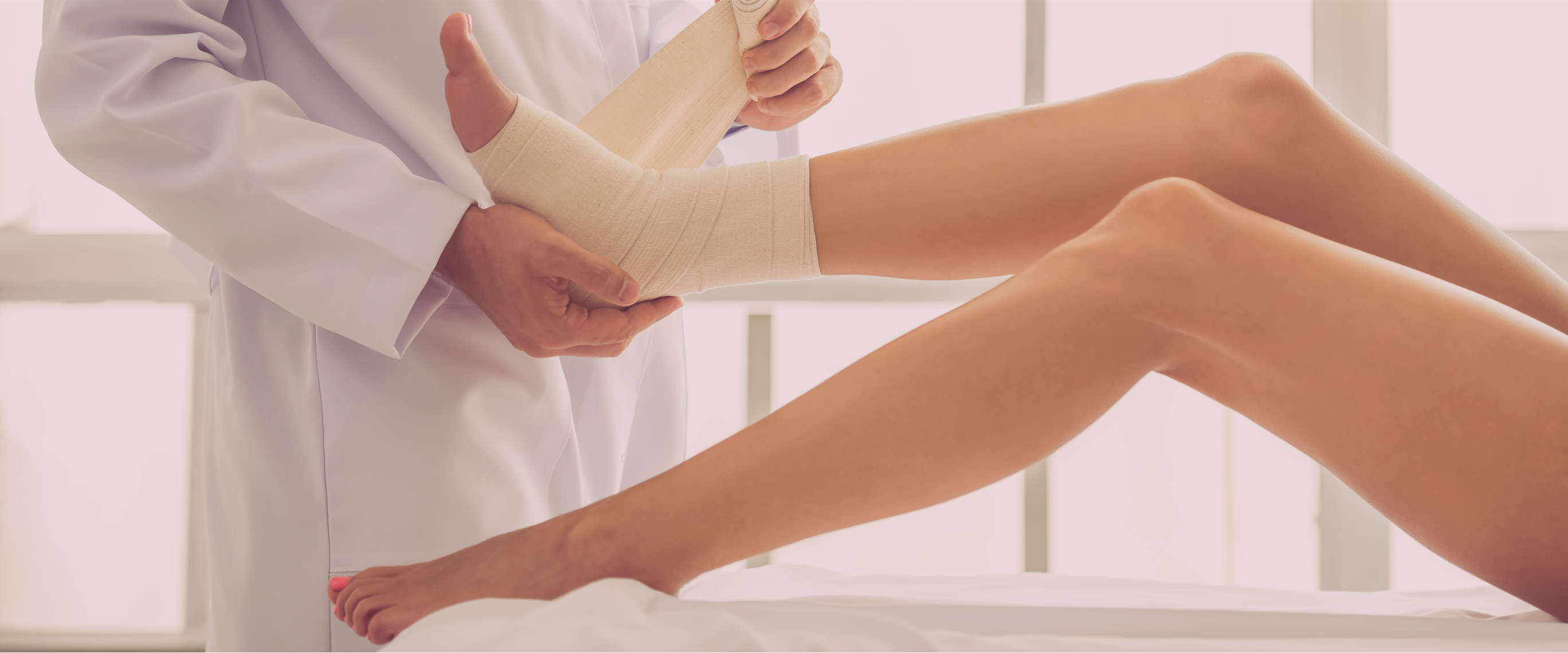
Advanced Wound Care: How Excisional Debridement Enhances Accelerated Healing
Chronic wounds may become a serious strain on the patient, requiring professional therapy and healing modalities. Excisional debridement is one of the most effective chronic wound treatment—a procedure required in removing dead tissue to promote quicker healing.To residents of Oxnard and Ventura in need of specialized wound care, knowing the advantages of this procedure may be crucial to recovery.
Understanding Chronic Wounds
Chronic wounds are ones that do not heal through normal healing stages or fail to display marked improvement on standard care in 30 days. Chronic wounds may be a result of one or more following conditions:
- Diabetic ulcers
- Pressure sores
- Venous insufficiency ulcers
- Infected surgical wounds
- Traumatic injuries with extensive tissue loss
- Uncovered chronic wounds can potentially result in serious complications in the guise of infection, hospitalization, and amputation in extreme instances.
The Biology of Wound Healing
It is fascinating to learn about the complex biology of wound healing in order to realize the significance of debridement. Simple healing of a wound is a function of four sequential but by no means entirely distinct phases:
- Hemostasis Phase (Minutes to Hours)
If there is trauma, the body’s initial response is to stop bleeding. The vessels narrow and the platelets clump and form a plug. The plug is reversible and a cell matrix where the incoming cells come to rest.
- Inflammatory Phase (1-5 Days)
Macrophages and neutrophils (white blood cells) migrate into the wound at this stage to kill bacteria and debris through phagocytosis. They also release cytokines and growth factors, which stimulate fibroblasts to migrate into the wound, initiating the next phase of healing.
- Proliferative Phase (3-21 Days)
- It includes three significant processes:
- Granulation: New capillaries are formed (angiogenesis), and fibroblasts release collagen to form granulation tissue.
- Contraction: The edges of the wound are drawn towards one another to reduce the size of the wound.
- Epithelialization: Epithelial cells migrate over the wound surface to restore the protective layer.
- Remodeling Phase (21 Days to 2 Years)
Collagen is remodeled, and the tissue of the wound becomes stronger. Still, the healed tissue will normally attain only a factor of about 80% of the strength of unwounded skin.
Why Chronic Wounds Stall
Chronic wounds get “stuck” in the inflammatory phase because of a variety of reasons:
- Persistent infection
- Inadequate blood supply
- Excess necrotic tissue
- Underlying medical conditions such as diabetes
- Recurrent trauma to the wound site
- Nutritional deficiencies
This chronic inflammation inhibits advancement to the proliferative phase, establishing a cycle of tissue destruction that must be interrupted.
Types of Debridement: Knowing Your Choices
Debridement is the removal of dead tissue from the wound bed. There are a number of methods to choose from, each with particular indications and advantages:
1. Excisional/Sharp Debridement
What it is: The direct removal of dead tissue with scalpels, scissors, or other sharp devices.
Benefits:
- Most rapid and effective technique
- Permits precise control of which tissue is excised
- Instantly converts a chronic wound to an acute wound
- May be done at different depths as required
Limitations:
- Requires specialized training and expertise
- Causes bleeding and pain
- Not appropriate for patients with bleeding disorders or on anticoagulants without appropriate precautions
2. Autolytic Debridement
What it is: Breaks down dead tissue by using the body’s own enzymes, often by using special dressings that provide a moist wound environment.
Benefits:
- Gentle and selective
- Painless
- May be done by nurses or even at home by patients
- No special training needed
Limitations:
- Slow process (days to weeks)
- Isn’t appropriate for infected wounds
- Needs frequent changing of dressings
3. Enzymatic Debridement
What it is: Topical application of commercially prepared enzymes to break down dead tissue.
Benefits:
- Can be used when sharp debridement is contraindicated
- Relatively quick compared to autolytic methods
- Selective for necrotic tissue
Limitations:
- May irritate surrounding healthy tissue
- Prescription required
- More costly than some other methods
- May be destroyed by some wound cleansers
4. Mechanical Debridement
What it is: Mechanical removal of debris using physical force, i.e., wound irrigation, whirlpool therapy, or wet-to-dry dressings.
Benefits:
- Easy to use
- Little specialized equipment is needed
- Works well for wounds with loose debris
Limitations:
- Not selective (can harm healthy tissue)
- Wet-to-dry dressings are painful to remove
- Less effective for thick, adherent necrotic tissue
5. Biological Debridement (Maggot Therapy)
What it is: Use of medical-grade larvae to the wound to feed on dead tissue.
Advantages:
- Extremely selective for necrotic tissue
- Can access areas hard to reach surgically
- May be able to control some antibiotic-resistant bacteria
Drawbacks:
- Psychological resistance in some patients
- Not yet widely available
- Needs special handling
Why Excisional Debridement Often Leads the Way
Of these, excisional debridement is still the gold standard for most chronic wounds due to its immediate effect. Other treatments can complement excisional debridement, but removing dead tissue in one step creates an immediate physiological change that “reboots” the wound healing process.
What Is Excisional Debridement?
Excisional debridement is a highly specialized surgical treatment done by qualified wound care specialists. In this treatment, the specialist employs sterile tools like scalpels, scissors, or forceps to excise painfully:
- Necrotic (dead) tissue
- Infected material
- Foreign bodies
- Impaired tissue that hinders healing
Unlike other debridement methods performed at the bedside, specialists usually perform excisional debridement in a hospital, often using local anesthesia for comfort.
Modern Advances in Wound Care Technology
The field of wound care has experienced significant advancements in recent years, and excisional debridement is the cornerstone for implementing innovative therapies. The technologies indeed improve the healing environment further by facilitating debridement:
Negative Pressure Wound Therapy (NPWT)
Also known as vacuum-assisted closure, NPWT delivers controlled negative pressure to drain excess fluid, reduce edema, and bring wound edges together.
This technology:
– Decreases bacterial colonization following debridement
– Stimulates granulation tissue formation
– Reduces the frequency of dressing changes
– Can be particularly effective for deep wounds after thorough excisional debridement
Bioengineered Tissue Products
These advanced products provide structural and cellular components that promote healing:
– Living skin equivalents contain cells that secrete growth factors
– Acellular dermal matrices offer scaffolding for tissue regeneration
– Collagen products aid the body’s own healing process
– Application typically follows excisional debridement to ensure proper integration
Advanced Wound Dressings
Modern dressings go beyond simple protection to actively participate in the healing process:
– Silver-impregnated dressings provide antimicrobial protection
– Hydrogel and hydrocolloid dressings maintain the optimal moisture balance
– Foam dressings manage exudate and shield sensitive wound beds
– Selecting an appropriate dressing after debridement is important in an effort to preserve the clean wound bed
Hyperbaric Oxygen Therapy (HBOT)
Treatment where an individual breathes pure oxygen inside a pressurized room for the purpose of enhancing oxygenation of the blood:
– Increases white blood cell function to fight infection
– Stimulates angiogenesis (formation of new blood vessels)
– Stimulates fibroblast production and collagen synthesis
– Applied daily for debrided tissue and diabetic ulcers
Growth Factor Therapy
These treatments apply proteins that direct cell growth and proliferation:
– Platelet-derived growth factor causes chemotaxis and cell proliferation
– Epidermal growth factor causes epithelialization
– Used most effectively when applied to a freshly debrided wound bed
– Can accelerate healing when conventional treatments have failed
Integration of these advanced technologies with conventional excisional debridement moreover constitutes the new treatment standard for complex and chronic wounds. For Oxnard and Ventura individuals seeking expert wound care, treatment using these technologies at centers for local wound care can significantly improve healing and reduce recovery time.
How Excisional Debridement Helps to Speed Healing
Excisional debridement induces more rapid healing through several mechanisms. It eliminates physical barriers to new tissue growth, eliminates bacterial burden by the removal of biofilms, and induces release of growth factors. The technique also enhances local blood flow in the wound bed, providing life-sustaining oxygen and nutrients. Maybe the most significant fact is that it facilitates the process of moving the wound from persistent inflammation to healing’s productive steps.
When Is Excisional Debridement Indicated?
- Excisional debridement is especially useful in:
- Large areas of necrotic tissue in wounds
- Wounds that are not healing with antibiotics and are infected
- Wounds with impaired circulation
- Diabetic foot ulcers with dead skin
- Pressure ulcers with slough or eschar
- Wounds that are stuck in the healing process
The Debridement Process: What to Expect
- During excisional debridement, patients can expect:
- Assessment: A detailed examination of the wound and overall health status.
- Preparation: Wound area cleaning and administration of suitable anesthesia.
- Procedure: Sterile instruments are used to carefully debride dead tissue.
- Dressing: Suitable dressings applied to the wound to create a healing-friendly environment.
- Follow-up: Periodic checkup to determine healing and determine whether further debridement is required.
Advantages Beyond Healing
The advantages of excisional debridement go beyond accelerated wound healing. Patients typically benefit from:
- Decreased pain as dead tissue and inflammatory products are eliminated
- Reduced risk of infection and associated complications
- Enhanced quality of life with lower wound care requirements
- Prevention of more severe complications such as amputation
- Reduced overall treatment time
Conclusion
Excisional debridement is also a crucial intervention in the management of chronic wounds, especially for Oxnard and Ventura patients requiring specialist wound care. By understanding the physiology of wound healing and modalities of debridement, patients can take an informed decision regarding their care.
Excisional debridement to eliminate dead tissue enables one to create the environment for healing by overcoming the physiological constraints to healing, forestalling chronic wounds from continuing along the usual path of healing. Done by experienced practitioners in specialized centers for wound care, the procedure can significantly enhance results and quality of life.
Furthermore for individuals whose wounds are not healing, consultation with a wound specialist who provides excisional debridement and other newer modalities is the answer to healing. Even chronically old wounds can heal, and patients can maintain their quality of life with proper treatment and appropriate interventions.


